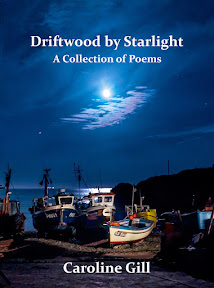 Left: Curious 'statues' in the sand at Newgale, Pembrokeshire, August 2008.
Left: Curious 'statues' in the sand at Newgale, Pembrokeshire, August 2008.(Click on photo to enlarge: can you spot the mummy?)
We have been watching Dan Snow's version of Hadrian's life on BBC2. It has been a whirlwind of travel from Hadrian's Wall to North Africa, and from Egypt to Jerusalem.
On the subject of Ozymandias again, I was particularly pleased to see the Colossus (or colossi) of Memnon in the desert in Egyptian Thebes, and to see the graffiti (a mere 2000 years old) of four Greek epigrams in the Aeolic dialect by Julia Balbilla, incised on the left leg of one of the statues (some 3000 years old). Julia Balbilla accompanied the emperor and his wife, Sabina, as they travelled in Egypt in AD130. They listened to the colossal 'singing' statues at dawn on 19 and 20 November, in the hope that they would hear the voice of Memnon from the stone as it expanded under the heat of the rising sun. The Colossus was, in fact, not Memnon (son of the Greek Eos or 'Dawn') but Amenhotep III.
- Hadrian: Empire and Conflict at the British Museum
- Hadrian's Wall in the Great North Museum, Newcastle upon Tyne











No comments:
Post a Comment